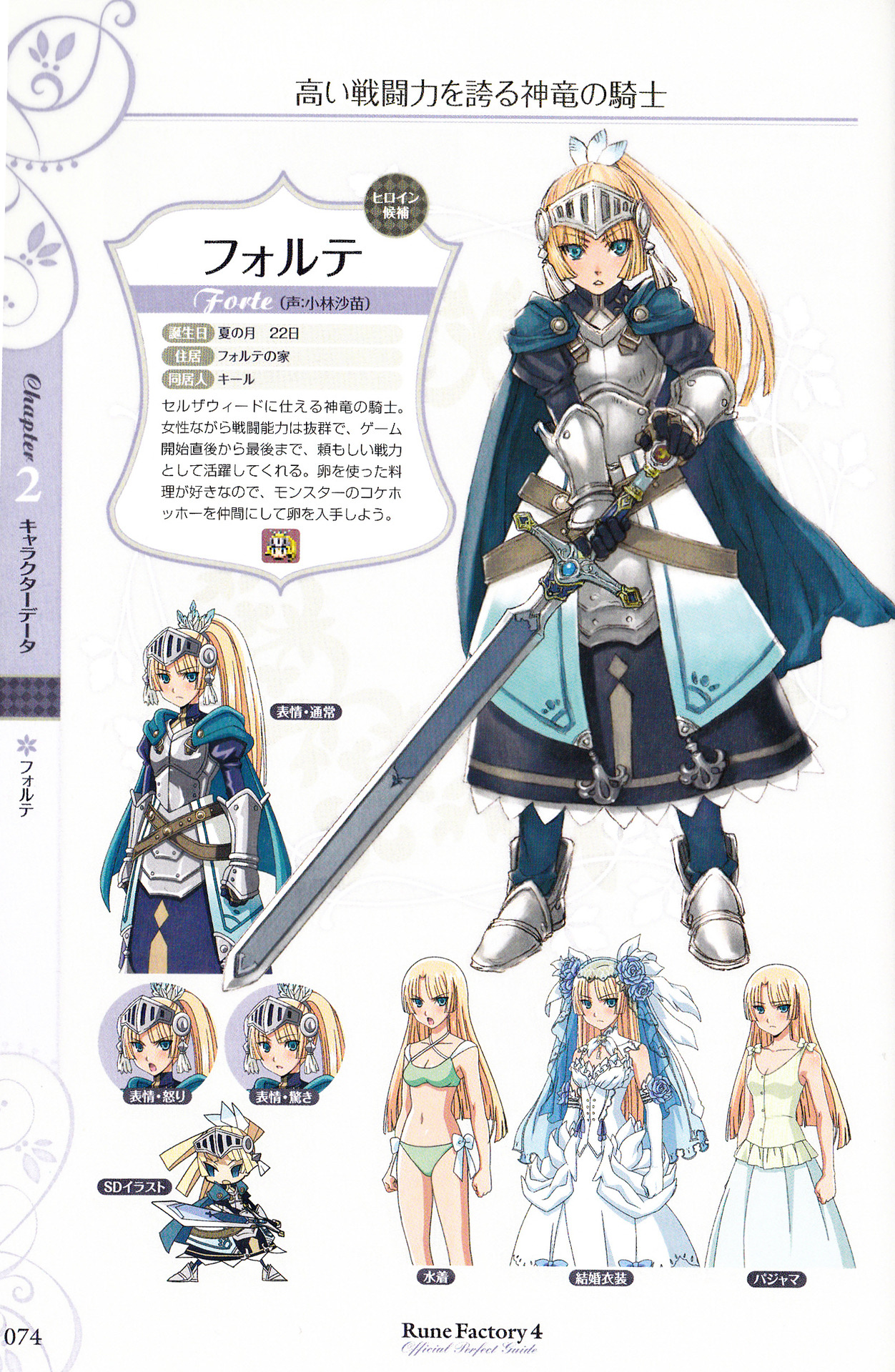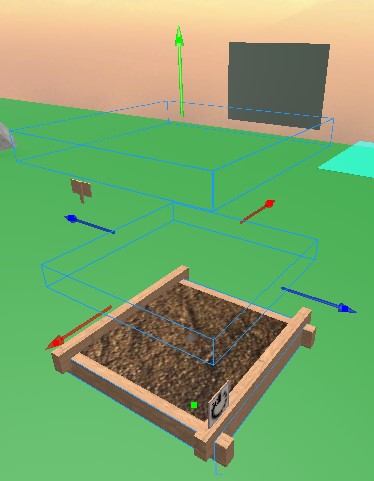
The brick producer puts the bricks on the conveyor belt, the conveyor belt transports the bricks and the brick collector removes the bricks, giving money in exchange.

A machine has three key parts: a brick producer, a conveyor belt, and a brick collector. In most tycoons, There is a machine that produces bricks, called a dropper. The cycle continues and the more you buy the more you get to expand your base and or get more droppers from a store and possibly buy weapons to fight other players. Usually, a tycoon would be claimed by bumping into a door then to find something like a dropper, where you have to click a button attached to it in order to produce something.Īfter producing that something you would somehow sell it to get cash and buy a dropper that automatically drops the same thing. By 2011, old tycoons began to decline and were ignored however, in 2016 they made a return but as clickbait and usually themed around fast-food chains, YouTube, or other well-known companies. Users such as berezaa published a "tycoon kit", which allows players to create their own tycoons. Robloxian scripters took advantage of this and started making their own tycoons.

Uberubert decided not to work on the experience anymore, so he uncopylocked it for other players to utilize. This was extremely popular at the time for about over four months, estimating an outstanding total of over 500,000 visits for its time. Placing 4 additional Vineyards around the edges requires a Level 3 Depot and is possible but lowers overall efficiency compared to tiling multiple units.In December 2007, a famous Roblox scripter, uberubert, created an experience called "Bread Factory Tycoon". Notes: Efficiency based on tiled pattern, not bounding box. An Armory fits perfectly into a 5圆 slot, or two 3x5 buildings such as Steelworks.īuildings: 826, Roads: 0, Empty: 11, Total = 837 Space Efficiency is 99% if 6x5 slot used. Notes: Expansion of above, Lltomohikoll's layout. Placing 4 additional Vineyards around the edges requires a Level 3 Depot and is possible but lowers overall efficiency compared to tiling multiple units.īuildings: 556, Roads: 0, Empty: 20, Total = 576īuildings: 826, Roads: 0, Empty: 38, Total = 864 Space Efficiency = 88.9% (92.6% not counting Depot space)īuildings: 556, Roads: 24, Empty: 0, Total = 580 Space Efficiency = 88.9% (96.3% not counting Depot space) Space Efficiency = 91.4 % (95.2% not counting Depot space) Note: Leaves space for an optional gourmet factory, but the space efficiency is still decent without. Space Efficiency = 88% (94% with factory) Space Efficiency = 93.3% (Box efficiency = 84,8%)
#FACTORY TOWN TYCOON WIKI FREE#
Space Efficiency = 83%/89% if free spaces filled The depot also have road connection to the outside of the layout so other buildings can connect to it.īounding Box:5¼ x 4 2/ 4 or 21 x 18 squares = 378 TilesĢ0 to 25 Distilleries (Have road to outside)ġ8 to 32 Distilleries (Abused Air Lifter)īounding Box:4 2/ 4 x 4¼ depots or 18 x 17 squares = 306 Tiles Green and orange show the width and height of a depot from the left top corner.īounding Box:6 2/ 4 x 3 depots or 26 x 12 squares = 312 Tilesĭescription:A more space efficient variation that require level 3 depot.īounding Box:5 x 4 2/ 4 or 20 x 18 squares = 360 Tilesĭescription:Variation that remove the requirement for level 3 depot. Red and orange show where the depot is placed.


Green and orange show the width and height of a depot from the left top corner.īounding Box:4¾ x 3 depots or 19 x 12 squares = 228 TilesĦ 2/ 4 x 3 depots or 26 x 12 squares. (credits 37%, building modules 89%, tools 57%)Ĥ¾ x 3 depots or 19 x 12 squares. ( ecobalance 100%, credits 80%, energy 80%)Ĭonstruction Cost: -540 credits, -9 building modules, -7 tools / 4 destilleries Maintenance Cost: -8 ecobalance, -25 credits, -5 energy / 4 destilleries Minimum Area (without roads, depot or unused space):168-36 = 132 Tiles Green and orange show the width and height of a depot from the left top corner.īounding Box (the actual space the layout uses):3 2/ 4 x 3 depots or 14 x 12 squares = 168 Tiles


 0 kommentar(er)
0 kommentar(er)
